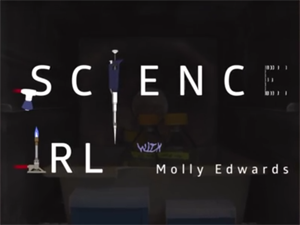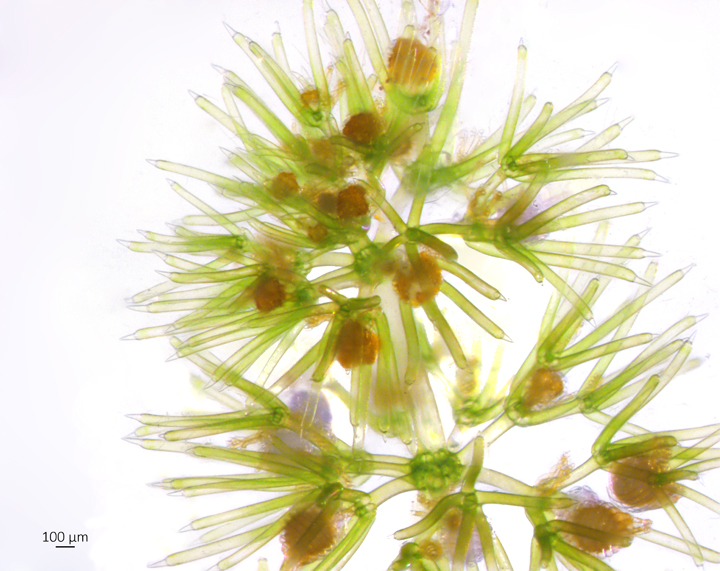Watch an NYBG Scientist Create a PCR, IRL
Posted in Cool Scientist Tech, Videos and Lectures on January 21, 2016 by Lansing Moore
 Here at NYBG we strive to bring the world of botanical science to the public, so we were thrilled to welcome brand-new web series Science IRL to shoot a video and offer viewers a glimpse into the daily work of NYBG scientists. Our own Gregory M. Plunkett, Ph.D., Director and Curator of the Cullman Program for Molecular Systematics, leads host Molly Edwards through the steps of a polymerase chain reaction (PCR), a fundamental part of our ongoing work in molecular science. As Dr. Plunkett and other scientists here at NYBG continue exploring the world’s biodiversity, identifying new species and examining how they are related to others, a PCR is a process that allows them to isolate a specific piece of DNA and create millions of copies.
Here at NYBG we strive to bring the world of botanical science to the public, so we were thrilled to welcome brand-new web series Science IRL to shoot a video and offer viewers a glimpse into the daily work of NYBG scientists. Our own Gregory M. Plunkett, Ph.D., Director and Curator of the Cullman Program for Molecular Systematics, leads host Molly Edwards through the steps of a polymerase chain reaction (PCR), a fundamental part of our ongoing work in molecular science. As Dr. Plunkett and other scientists here at NYBG continue exploring the world’s biodiversity, identifying new species and examining how they are related to others, a PCR is a process that allows them to isolate a specific piece of DNA and create millions of copies.
Further explanation can be found in this video, which follows each step of a PCR. Watch below, and check out Science IRL’s other videos in the series on YouTube!
UPDATE: Part 2 of this episode is now live! Click through to see a phylogenetic tree generated from the DNA sample.

